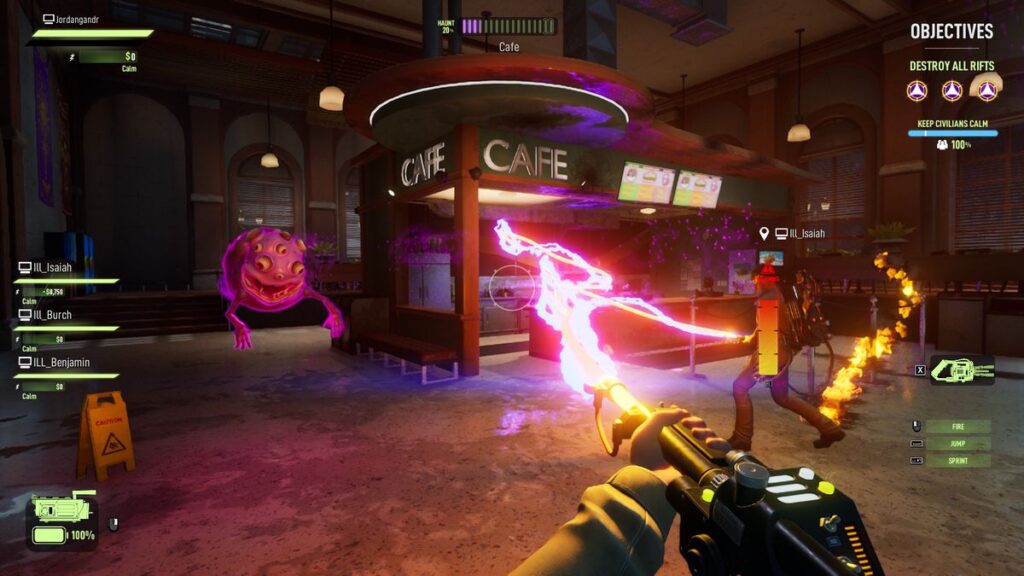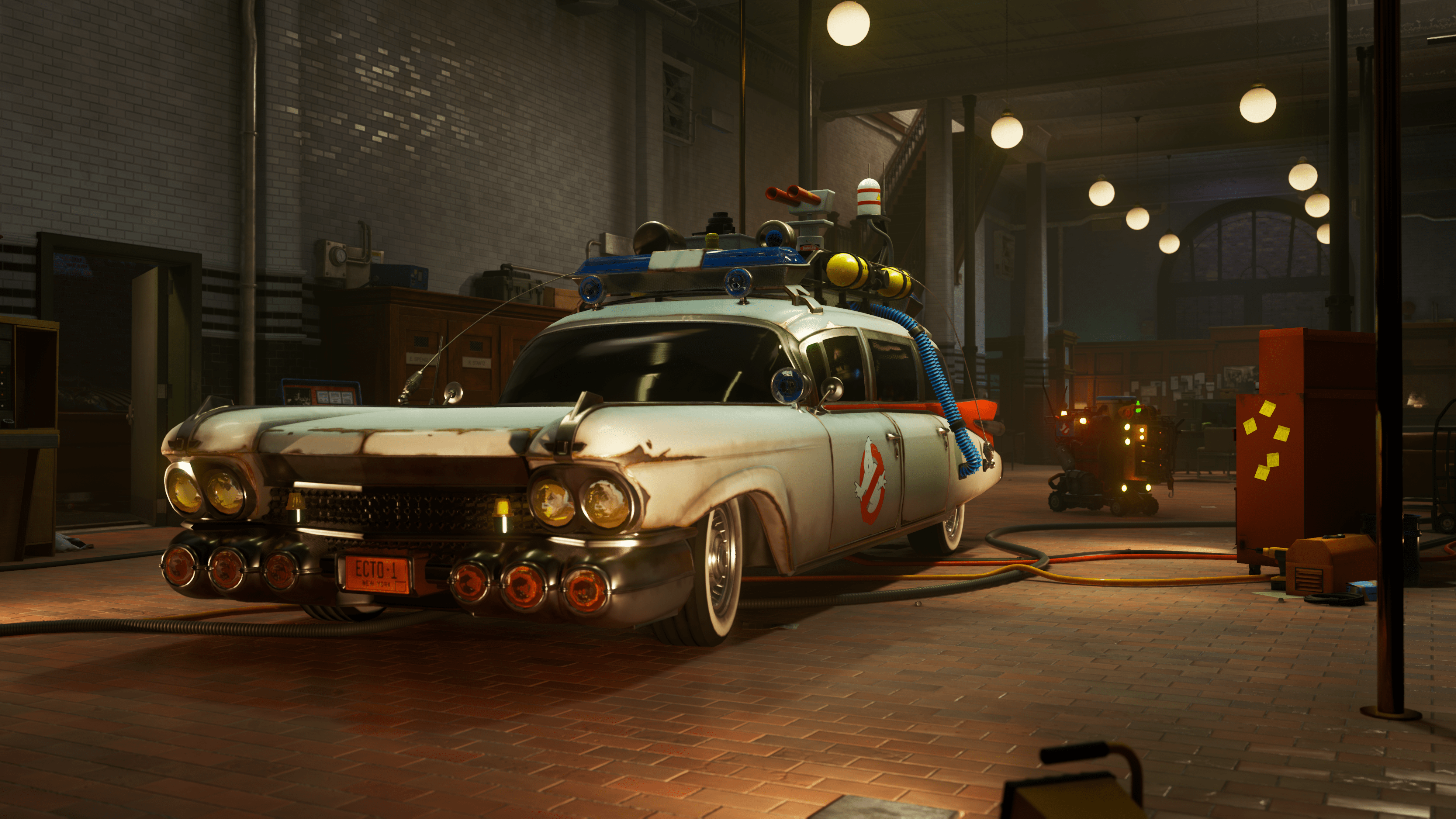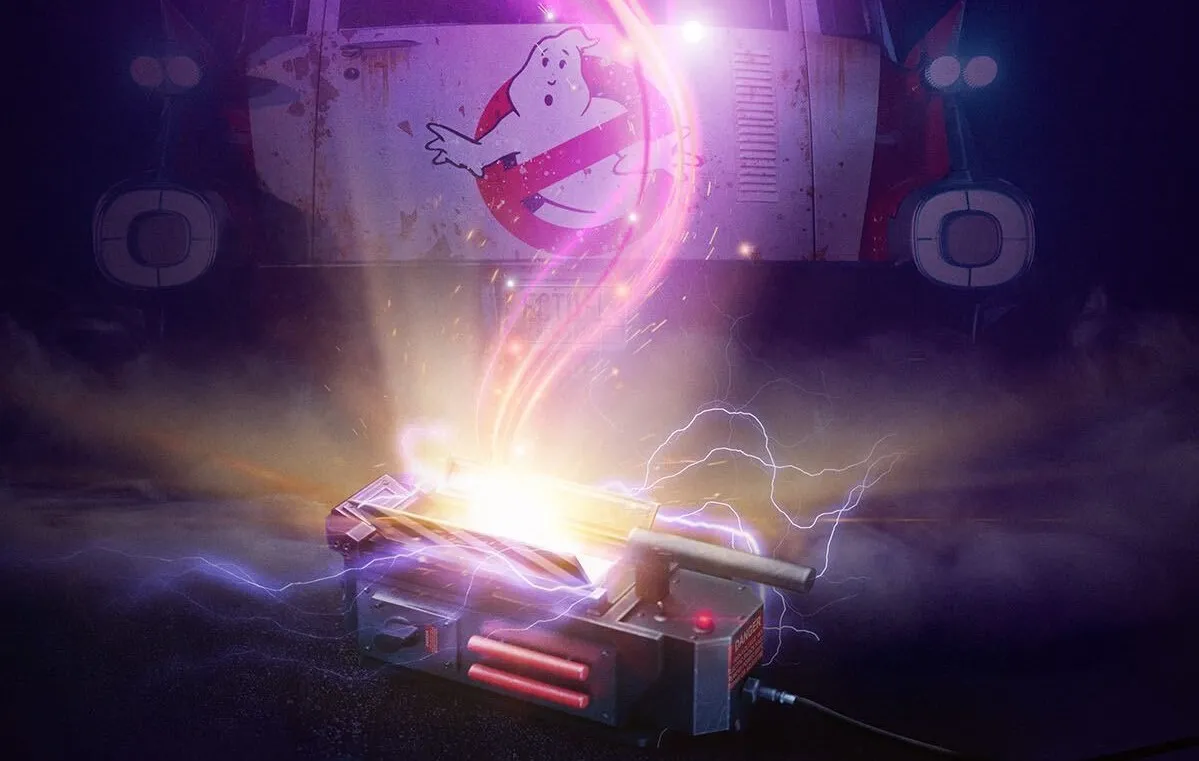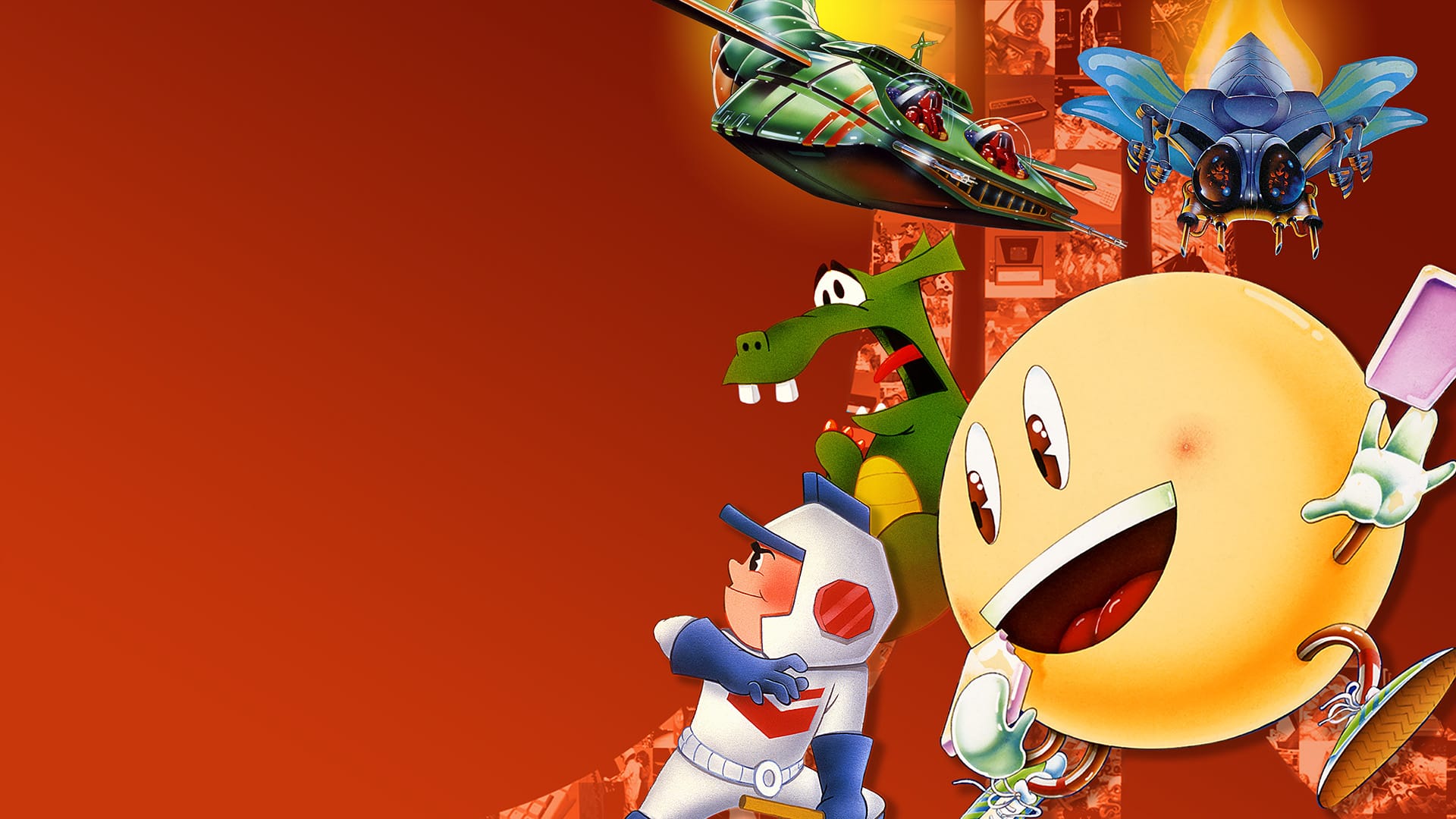During the 1980s and early 1990s, every kid’s dream was to be a Ghostbuster. Like other franchises that spawned around the same period, like Teenage Mutant Ninja Turtles, the Ghostbusters were absolutely everywhere after the tremendous success of the 1984 movie directed by Ivan Reitman.
Although not exactly for kids due to a couple of lewd jokes here and there, its humorous tone and crazy antics managed to capture a young audience, and thanks to some heavy merchandising in the form of comics and especially the Saturday morning cartoon, Ghostbusters became an international phenomenon.
Among those products were a number of videogames produced for the consoles available at the time, and in their majority, they were terrible. It wasn’t until the early 2000s that there was finally a decent one, 2009’s Ghostbusters: The Video Game, developed by Terminal Reality for the PlayStation 3 and Xbox 360, later re-released as a remaster in 2019.
It was a surprisingly fun time, featuring a story co-written by the original movie’s writers and actors Dan Aykroyd and Harold Raimis, but it also brought over the likeness and voices of most of the other stars from the film, including Ernie Hudson, Bill Murray, Annie Potts, William Atterton, Max von Sydow, and Aykroyd and Ramis themselves. The latter’s performance happened to be his last before his unfortunate passing in 2014.

The very best parts about that game, however, were its multiplayer modes. Being the Ghostbusters fan that I am, I played the ever-living crap out of them on my Xbox 360. Seriously, I must’ve clocked in well over 300 hours and I don’t remember ever getting tired of playing. Given that it’s been over 10 years since then, I guess I could chalk it up to a bit of nostalgia, because I got cautiously optimistic about IllFonic’s Ghostbusters: Spirits Unleashed when it was announced in March.
My personal track record with their games hasn’t been that great, given my time playing Predator: Hunting Grounds, an asymmetrical shooter based on the Predator franchise, released for PlayStation 4 and PC in 2020. But, throwing all rational thinking out the window and letting my nostalgia do the talking, I dove head first into Ghostbusters: Spirits Unleashed hoping that it would be a better game. And on paper, it is. In execution, however, it stumbles a bit and lacks content to make a lasting impression.
Placed somewhere close in timeline to the recent Ghostbusters: Afterlife movie, the game’s premise is that Winston Zeddemore, now a very rich man and owner of the Ghostbusters name, is looking to revive the business with a fresh set of recruits. As one of them, it doesn’t take long before you get a jumpsuit, a proton pack strapped onto your back, a set of traps snapped to your belt, and are pushed out the door looking for work busting ghosts.
Both Dan Aykroyd and Earnie Hudson reprise their roles, with Aykroyd being the host of sorts out of Ray Stantz’s occult shop, which happens to be right next door to the Ghostbusters firehouse. Aykroyd, an admitted avid fanatic of the supernatural himself, must’ve gotten a real kick out of this continued role as Ray, as there he delivers line after line of absolutely insane babble in Spirits Unleashed. And he sounds authentically excited doing so, unlike Murray’s memorably phoned in performance in the 2009 game.

Ghostbusters: Spirits Unleashed, similarly to Predator: Hunting Grounds, is a first-person shooter, or as much of a shooter as a Ghostbusters game can be. You can play solo or with up to three others as part of a team of ghostbusters, or as a ghost against a four-person team instead. There are a number of customization options to pick from the more you level up, and there are separate levels tied to each piece of equipment while playing as a ghostbuster, as well as the ghost, that are related to the upgrades you can activate the more you play, each with their own pros and cons.
When playing in a team, you start off having to scour one of a handful of levels in search of three rifts from where the player ghost can spawn out of. By destroying one of those after discovering which cursed item they’re hidden within with the help of your trusty PKE meter, you’re basically taking away one of the enemy’s possible avenues to coming back after getting captured. The ghost’s job, on the other hand, is to fill a meter on the top of the screen by scaring civilians that are walking about levels enough so that they run away.
That core adversarial concept sounds good, but the game’s execution is kind of a mess. To begin with, the fun of playing as a ghostbuster can vary wildly depending on the group of people you manage to round up to join you, and how well you communicate while playing. In a team full of randos, though, it can be a pain trying to warn each other of the ghost’s location, let alone capture it enough times to win, or even destroy rifts. Player-controlled ghosts tend to be extremely tough to catch by yourself, but they’re controlled by the computer, they’re quite the opposite, disappointingly.
Add to that the artificial limits to your equipment in the form of a battery life for your traps that don’t allow them to be out and open for long enough to wrangle a ghost adequately, and how quickly your proton pack is prone to overheating while doing just that. When there’s more than one team member zapping, the capture process tends to go by faster, but it’s not any easier since the player-controlled ghost tends to move about erratically – probably due to connectivity issues – and has plenty of tools of their own to escape at the very last second.

Given that player ghosts are playing solo against a team of four, there are obvious advantages to their abilities, too much so it feels. Escaping out of proton beams works basically like a fishing game, where you have to mash a button and nudge the analog stick in the opposite direction the trap’s pulling you towards. Your movement options are also way more flexible than the ghostbusters’. You can zip about the environment and hide inside objects to recharge your power meter before going out and back to haunting.
The ghosts’ means of defense depend on what kind of model you happen to be playing as. They unlock as you level up, and each offers a specific list of skills. The starting one is very close to what Slimer did in the movie and cartoon, basically throwing goo everywhere. Damage done to a human player doesn’t outright take them out of the game, but instead they become incapacitated for a few moments, requiring either another player come by and revive them, or much more slowly get back up to their feet by themselves.
As a ghostbuster, outside of actively fighting apparitions and attempting to capture them, you can also try and calm civilians down with a Gears of War active reload-ish meter. But once that reaches a high enough level, anyone standing in their way to the door is trampled over adding to the aforementioned meter, inching you closer to defeat. Civilians also tend to be intangible when players try to approach them, adding to the awkwardness of the entire gimmick.
And weirdly enough, for the many matches that I’ve played so far in Ghostbusters: Spirits Unleashed, the mechanics for shooting and capturing work feel uneven, as if the game has barely made up its mind on how hard of a time it’s going to give you doing what you’re supposed to in order to win. And to add pain to injury, many matches that I played happened to get to the endgame stages abruptly, with the haunting meter jumping from a safe, low percentage, up to an unwinnable state in a matter of seconds. It made no sense within the rules of the game.

It’s a bummer that Ghostbusters: Spirits Unleashed stumbles so much in delivery, as it has the potential to be very enjoyable. The presentation, aesthetics and the humor in the game show that the development team are surely as much fans of the franchise as the people looking to wax nostalgic about Ghostbusters. Its lack of content, too, works against it. More variety when it comes to levels and extra gameplay modes would’ve gone a long way into providing more replayability. It does however offer seamless crossplay between consoles and PC, and so far it’s been pretty easy to find matches.
The core concepts for a good adversarial game are certainly present in Ghostbusters: Spirits Unleashed. With a patch or three to fix the crashes that I ran into while playing the PC version for review, as well as the various issues that I mentioned, along with improving the overall online performance during matches could potentially make it a viable online game. And if you can find like-minded folks to play it with, it can definitely be quite a bit of fun for the little that there is to do in it.





